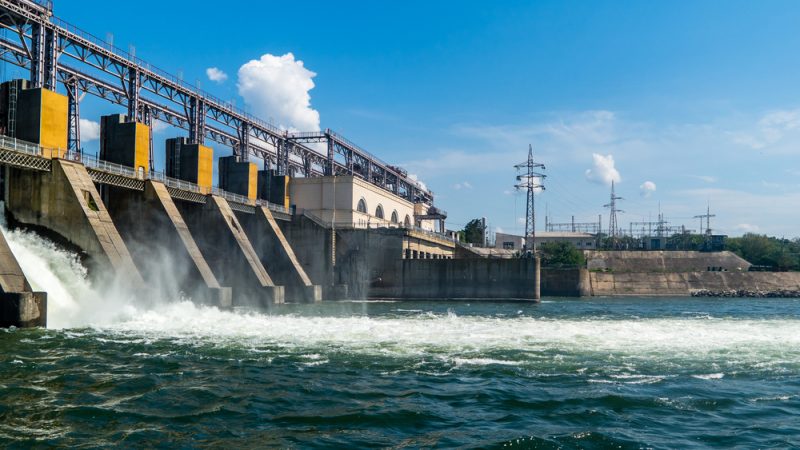Montana’s hydroelectric generation recovered following last summer’s drought

Hydropower generation in Montana has recovered to levels consistent with previous years following a flash drought that hit the state this past summer, the U.S. Energy Information Administration (EIA) said.
Hydroelectric generation in the state during the first three months of 2017 was higher than the previous five-year range. During the spring, when hydroelectric generation typically increases as snowpack melts, hydroelectric generation relatively flat due to the onset of the drought. In May, hydroelectric generation was 10 percent below the lowest May generation of the previous five years. In September and October 2017, Montana’s hydroelectric generation moved closer to previous five-year average levels.
Over the past 15 years, hydropower has made up as much as 60 percent of Montana’s total electricity generation in July, the month with the highest summer electricity demand. In July 2017, hydropower generated just 32 percent of the state’s electricity.
The drought began in the eastern part of the state around the middle of May, causing the state declaring a drought emergency in 20 counties. The drought then worsened for several months and peaked in mid-September. At the peak, half of the state experienced the two most severe drought categories in the Department of Agriculture’s U.S. Drought Monitor, exceptional drought or extreme drought.
As of Jan. 9, no part the state remains in exceptional drought or extreme drought, but 9 percent of the state is still in a severe drought.
Hydroelectricity is the second-largest source of electricity generation in the state behind coal. As of 2016, Montana had 2,665 megawatts (MW) of conventional hydropower capacity, which provided an average of 36 percent of Montana’s total generation including exports. Montana produces approximately twice the amount of electricity the state consumes and exports the rest to nearby states.
When hydropower generation in Montana decreased, the states typically meets electricity demand with increased generation from coal, and to a lesser extent, wind and natural gas.
